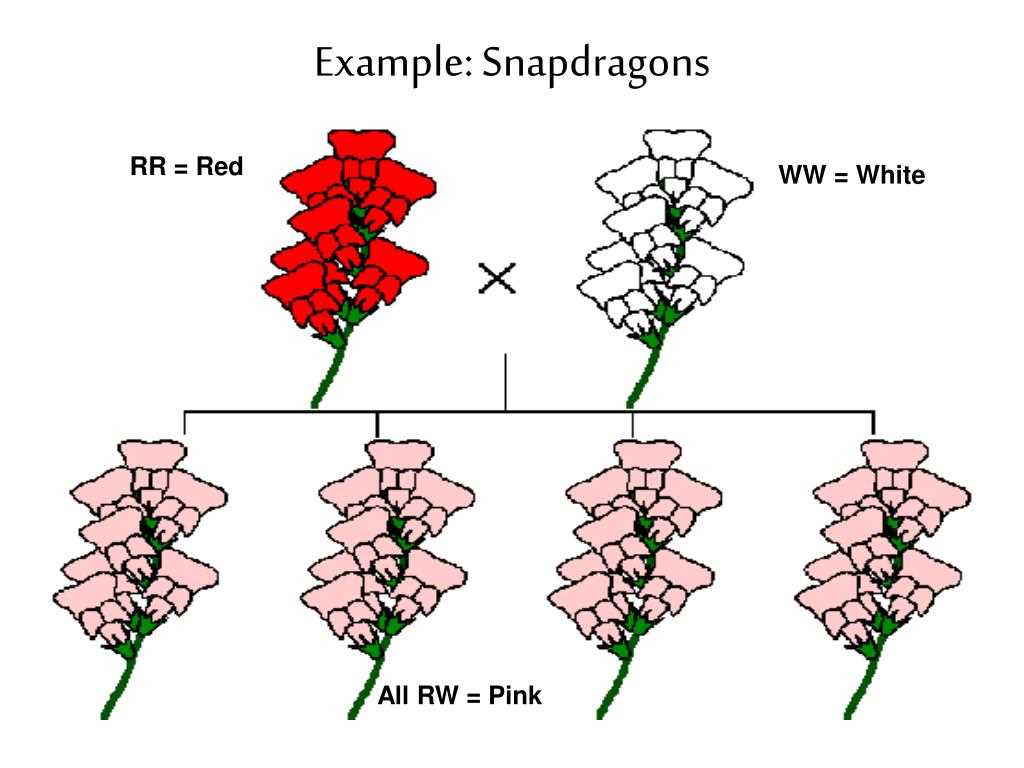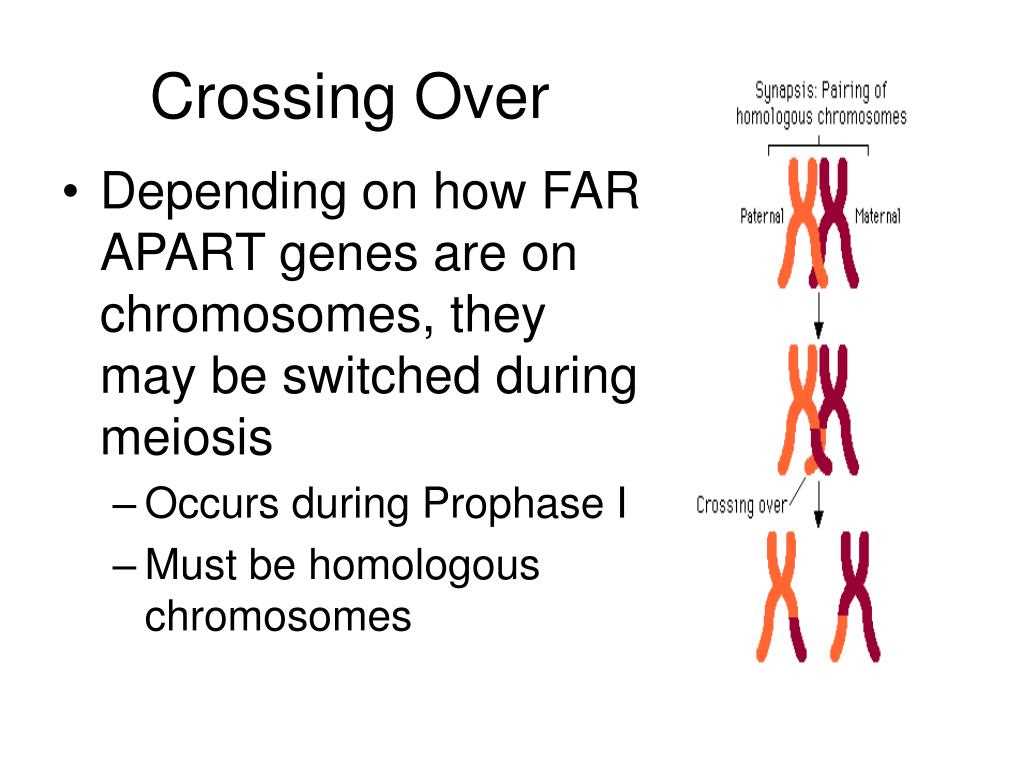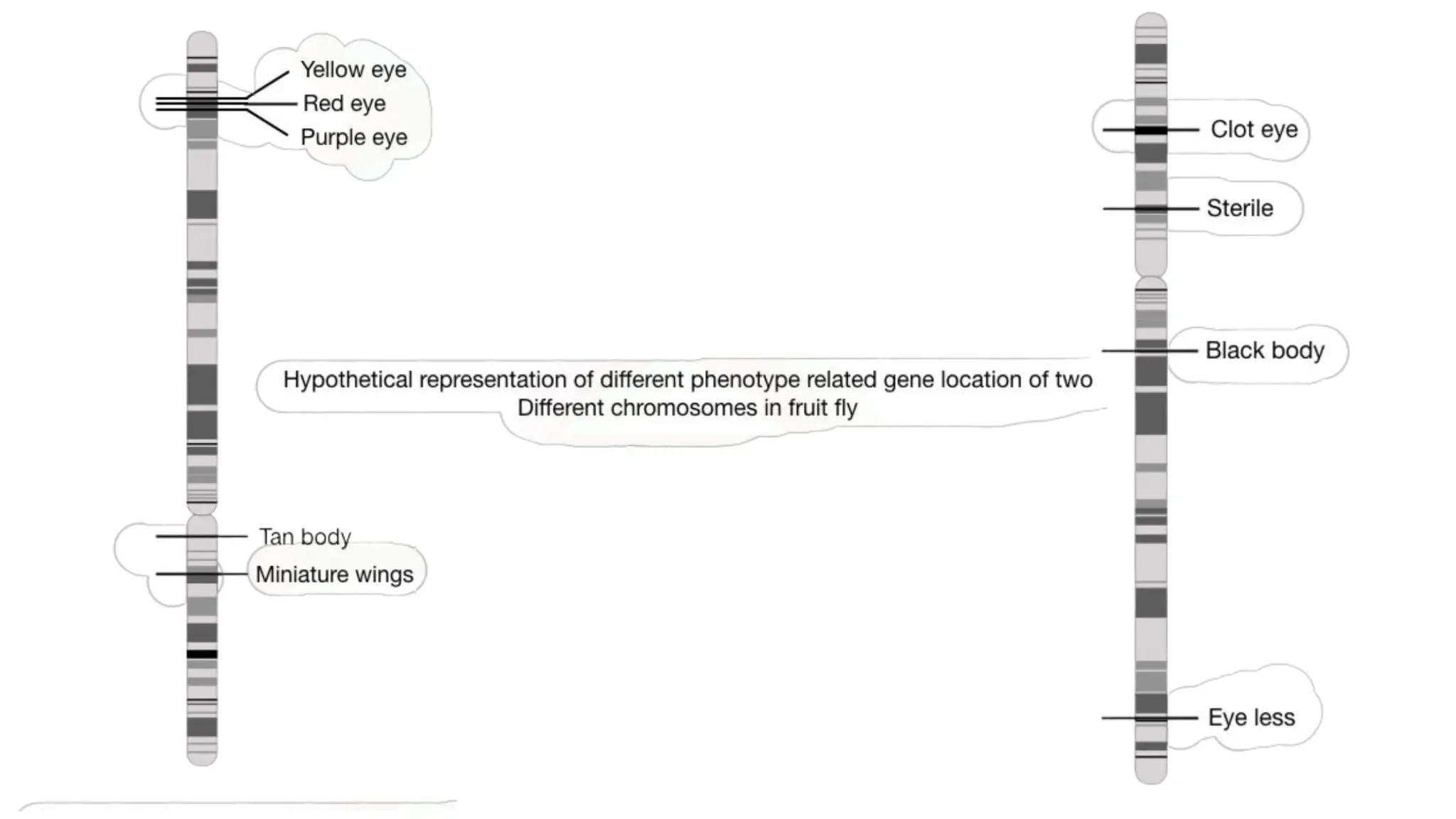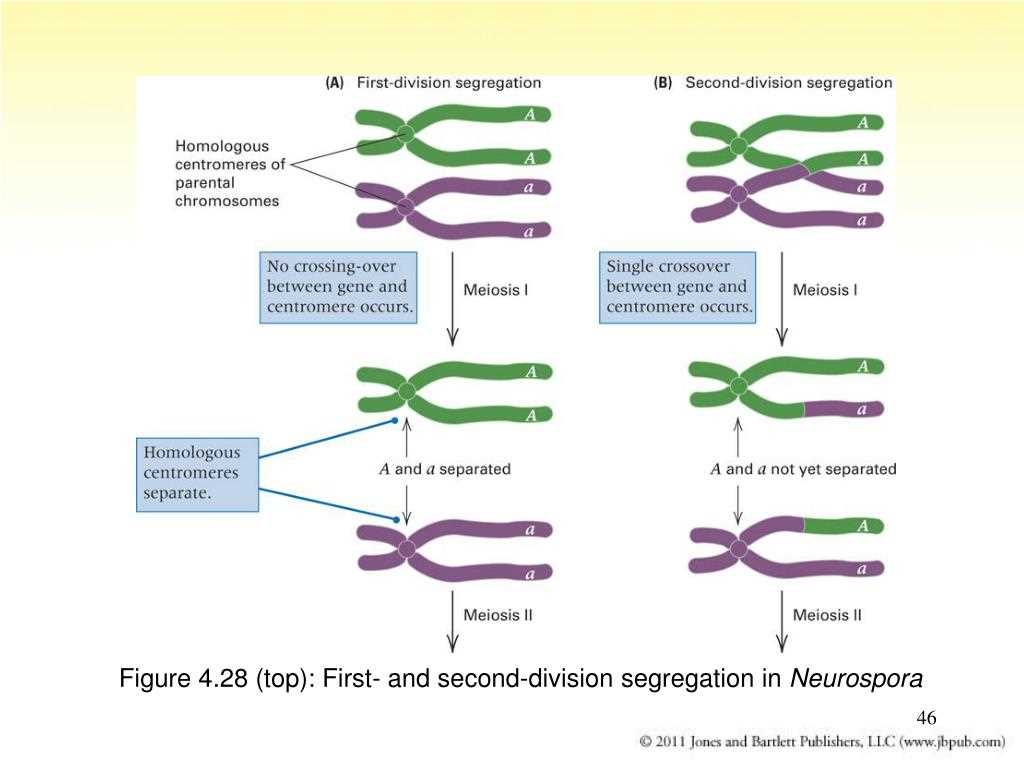
Gene mapping is a fundamental aspect of genetics that allows researchers to determine the location of specific genes on a chromosome. This process involves the use of various techniques and tools to identify the genetic markers associated with a particular gene. Mapping genes is not only important for understanding the genetic basis of diseases, but also for discovering new genes and their functions. In this article, we will provide a comprehensive list of questions and answers about gene mapping in a PDF format, making it easy for readers to access and use this valuable resource.
One of the most commonly asked questions about gene mapping is why it is important. Gene mapping is crucial for understanding the genetic basis of diseases, as it helps identify the specific genes responsible for certain traits or disorders. This knowledge can then be used to develop targeted therapies and interventions. Additionally, gene mapping allows researchers to discover new genes and their functions, which can contribute to our understanding of biological processes and provide insights into potential new treatments.
Another frequently asked question is how gene mapping is done. Gene mapping involves the use of various techniques, such as genetic linkage analysis, association studies, and physical mapping. Genetic linkage analysis is used to identify the location of a gene on a chromosome by analyzing how it is inherited along with other genetic markers. Association studies, on the other hand, compare the frequency of certain genetic markers with the presence of a particular trait or disease in a population. Physical mapping involves the use of molecular markers, such as restriction fragment length polymorphisms (RFLPs) or single nucleotide polymorphisms (SNPs), to locate genes on a chromosome.
Understanding Gene Mapping: Questions and Answers PDF
Gene mapping is an essential tool in genetic research and it helps scientists understand the location and function of genes within the DNA sequence. It involves identifying the specific regions of chromosomes where genes are located and determining their order. To gain a deeper understanding of gene mapping, here are some frequently asked questions and their answers.
What is gene mapping and why is it important?
Gene mapping is the process of determining the location of genes on chromosomes. It is important because it helps scientists understand how genes are linked to certain traits and diseases. By identifying the precise location of genes, researchers can investigate their function, interactions, and potential role in various genetic disorders.
How is gene mapping carried out?
Gene mapping can be done using various techniques, such as linkage mapping, physical mapping, and whole-genome sequencing. Linkage mapping involves studying the inheritance patterns of genes within families to identify their relative positions. Physical mapping uses techniques like fluorescence in situ hybridization (FISH) to directly visualize the location of genes on chromosomes. Whole-genome sequencing allows for the entire DNA sequence to be mapped and analyzed in detail.
What are the benefits of gene mapping?
Gene mapping provides valuable insights into the genetic basis of diseases and traits. It can help identify genes responsible for inherited disorders, allowing for earlier diagnosis and targeted treatments. Gene mapping also aids in understanding complex traits influenced by multiple genes and environmental factors. Furthermore, it contributes to our knowledge of evolutionary processes and the relationships between organisms.
What are the challenges in gene mapping?
Gene mapping can be a complex and time-consuming process. One challenge is the sheer size of the human genome, which contains billions of base pairs. Another difficulty is identifying the specific genes involved in multifactorial diseases, where multiple genes and environmental factors play a role. Additionally, genetic variations and genomic rearrangements can complicate the mapping process.
Overall, gene mapping is a crucial tool in genetics research and has greatly contributed to our understanding of genes and their functions. By answering important questions about gene location and function, it offers valuable insights into human health and disease.
What is Gene Mapping?
Gene mapping is the process of identifying the physical location of genes on a chromosome. It involves determining the order and distance between genes and creating a map of their locations. This map provides valuable information about the organization and structure of genes within an organism’s genome.
Gene mapping plays a crucial role in understanding the inheritance of genetic traits and is used in various fields of research, including medicine, agriculture, and evolutionary biology. By knowing the location of genes, scientists can better understand how they contribute to specific traits or diseases.
There are different techniques and methods used in gene mapping, such as linkage analysis, association studies, and physical mapping. Linkage analysis involves studying the inheritance patterns of genetic markers and genes in families or populations. Association studies, on the other hand, examine the correlation between genetic markers and traits or diseases in large populations. Physical mapping techniques use molecular markers or DNA sequencing to determine the exact location of genes on chromosomes.
Gene mapping has led to significant advancements in the understanding and treatment of genetic disorders. It has enabled the identification of disease-causing genes, the development of diagnostic tests, and the design of targeted therapies. In agriculture, gene mapping has been instrumental in breeding programs to enhance crop yield and quality. Additionally, gene mapping has provided valuable insights into the evolutionary history and relationships between different species.
Why is Gene Mapping Important?

Gene mapping is a crucial process in the field of genetics that allows scientists to identify the location and function of genes within an organism’s DNA. This information provides invaluable insights into the inheritance patterns of genes, the development of diseases, and the overall understanding of human biology.
Gene mapping is important for several reasons:
- Understanding genetic diseases: Gene mapping allows scientists to identify specific genes that are associated with certain genetic disorders. This knowledge is essential for diagnosing and treating these diseases effectively. By mapping the genes responsible for genetic disorders, researchers can develop targeted therapies and potentially find cures.
- Discovering new genes: Gene mapping techniques have led to the discovery of numerous genes that play critical roles in various biological processes. These discoveries contribute to the advancement of scientific knowledge and provide a basis for further research and exploration.
- Predicting disease risk: Gene mapping can help determine an individual’s risk of developing certain diseases. By analyzing the genes associated with diseases, scientists can identify genetic variations or mutations that increase the likelihood of an individual developing a particular condition. This information enables early intervention and personalized preventive measures.
- Tracking ancestry and population history: Gene mapping can be used to trace the genetic history and migration patterns of different populations. By studying the variations in genes across different populations, scientists can gain insights into human evolution, migration patterns, and the diversity of the human genome.
In summary, gene mapping plays a critical role in advancing our understanding of genetics, diagnosing and treating genetic diseases, predicting disease risk, and unraveling the complexities of human evolution. By mapping the genes within an organism, scientists can unlock the secrets of our genetic code and pave the way for groundbreaking medical discoveries and advancements.
How Does Gene Mapping Work?
Gene mapping is a process that allows scientists to identify the location of specific genes on a chromosome. It is an essential tool in understanding the genetic basis of different traits and diseases. By mapping genes, researchers can gain insights into how certain genetic variations contribute to an individual’s characteristics and susceptibility to diseases.
Gene mapping is typically done through a combination of laboratory techniques and statistical analysis. Scientists start by collecting DNA samples from individuals and isolating their genetic material. Next, they use molecular biology techniques to amplify and sequence specific regions of the DNA. This sequencing data is then compared to a reference genome, which serves as a standard template.
One of the primary methods used in gene mapping is called linkage analysis. This approach examines how certain genes are inherited together within families. By studying the inheritance patterns of genetic markers, such as single nucleotide polymorphisms (SNPs), researchers can identify regions of the chromosome that are likely to contain the gene of interest. Linkage analysis can be particularly useful for studying genetic disorders that have a strong familial component.
Another technique commonly used in gene mapping is association analysis. This method compares the frequencies of genetic variants in individuals with a particular trait or disease to those without the trait or disease. By identifying specific genetic variations that are more prevalent in affected individuals, researchers can pinpoint the approximate location of the gene responsible for the trait or disease.
Advancements in technology have revolutionized gene mapping over the years. The use of high-throughput DNA sequencing techniques has made it faster and more cost-effective to analyze large numbers of DNA samples. Additionally, the advent of genome-wide association studies (GWAS) has allowed researchers to scan the entire genome for genetic variations associated with traits and diseases.
What Techniques are Used in Gene Mapping?
Gene mapping is the process of identifying the position and characteristics of genes on a chromosome. It plays a crucial role in understanding genetic diseases, inheritance patterns, and overall genome organization. Several techniques are used in gene mapping to determine the location of specific genes and their interactions within the genome.
1. Linkage mapping:
Linkage mapping involves studying the patterns of inheritance of genetic markers or traits in families. By analyzing the co-segregation of these markers or traits with a gene of interest, researchers can determine the relative distance between the gene and the markers on a chromosome. This technique relies on the principle of genetic linkage, where genes that are physically close to each other on a chromosome are more likely to be inherited together.
2. Physical mapping:
Physical mapping techniques allow researchers to determine the precise physical location of genes on a chromosome. One such technique is fluorescence in situ hybridization (FISH), which involves labeling specific DNA probes with fluorescent dyes and hybridizing them to chromosomes. By visualizing the fluorescence pattern under a microscope, researchers can identify the location of the gene of interest. Other physical mapping techniques include radiation hybrid mapping and sequence-based mapping methods such as whole-genome shotgun sequencing.
3. Association mapping:
Association mapping involves studying the correlation between genetic variations, such as single nucleotide polymorphisms (SNPs), and specific traits or diseases within a population. This technique relies on the principle of linkage disequilibrium, where variations in close proximity to each other are more likely to be inherited together. By comparing the frequency of certain genetic variations between individuals with and without a particular trait or disease, researchers can identify regions of the genome that are associated with the trait or disease.
4. Radiation hybrid mapping:

Radiation hybrid mapping is a technique that combines aspects of linkage mapping and physical mapping. It involves creating a panel of hybrid cell lines that contain fragments of the genome from a known mapping strain and a test strain. By measuring the presence or absence of specific genetic markers in these hybrid cell lines, researchers can determine the relative distance between the markers and the gene of interest. This technique is particularly useful for mapping genes in species where traditional linkage mapping is challenging.
- Overall, gene mapping techniques have revolutionized our understanding of the human genome and the genetic basis of various diseases. These methods have allowed researchers to identify genes responsible for inherited disorders, track disease susceptibility, and develop targeted therapies based on individual genetic profiles.
Applications of Gene Mapping
Gene mapping, also known as genetic mapping, plays a crucial role in understanding the structure and function of genes. It enables scientists to identify the location of specific genes on a chromosome and determine their sequence. This information is essential for studying the inheritance patterns of genetic disorders, identifying disease-causing genes, and developing targeted treatments.
1. Understanding Genetic Disorders: Gene mapping allows scientists to study the inheritance patterns of genetic disorders and identify the specific genes responsible for these conditions. By identifying the location and sequence of disease-causing genes, researchers can gain insights into the underlying mechanisms of these disorders and develop strategies for prevention and treatment.
2. Personalized Medicine: Gene mapping plays a central role in personalized medicine, which aims to tailor medical treatments to an individual’s specific genetic makeup. By mapping an individual’s genes, healthcare professionals can identify genetic variations that may impact drug response or disease risk. This information can help guide treatment decisions, choose the most effective medications, and minimize adverse side effects.
3. Genetic Counseling: Gene mapping is used in genetic counseling, which involves assessing the risk of inherited conditions in individuals or families. By mapping the genes associated with specific disorders, counselors can provide accurate information about the likelihood of passing on genetic conditions to offspring and help individuals make informed decisions about family planning.
4. Agricultural Applications: Gene mapping is instrumental in improving crop plants and livestock through selective breeding and genetic engineering. By identifying desirable genes and their locations, scientists can selectively breed plants and animals with specific traits such as disease resistance, increased yield, or improved nutritional content. This helps in developing more resilient and productive agricultural systems.
5. Evolutionary Studies: Gene mapping provides insights into the evolutionary history of species. By comparing gene sequences among different species, scientists can reconstruct evolutionary relationships, trace the origins of genetic variations, and understand how species have adapted and evolved over time.
Overall, gene mapping has diverse applications in various fields, ranging from medical research to agricultural advancements and evolutionary studies. It continues to be a valuable tool for unraveling the complex genetic basis of traits, diseases, and evolutionary processes.
Where Can I Find Gene Mapping Questions and Answers PDF?

If you are interested in gene mapping and want to expand your knowledge or prepare for an exam or interview, finding gene mapping questions and answers in a PDF format can be incredibly helpful. PDFs provide a convenient and portable way to access and study this information.
There are several reliable sources where you can find gene mapping questions and answers available in PDF format:
- Academic Websites: Many universities and educational institutions have online resources that offer PDFs of gene mapping questions and answers. These resources are often developed by professors and researchers in the field and provide reliable and comprehensive information.
- Genetics Journals: Scientific journals focused on genetics often publish articles that include gene mapping questions and answers. These articles can be found on their websites as downloadable PDFs. They are typically peer-reviewed and offer up-to-date information.
- Online Learning Platforms: Websites and platforms like Coursera, edX, and Khan Academy offer courses and materials related to gene mapping. These platforms often provide PDFs of questions and answers as part of their course materials or supplementary resources.
- Genetics Textbooks: Many textbooks on genetics cover gene mapping in detail and include practice questions and answers. Some of these textbooks have companion websites where you can find PDFs of extra resources, including gene mapping questions and answers.
When searching for gene mapping questions and answers in PDF format, it is essential to use reliable sources and ensure that the information is accurate and up-to-date. Double-check the credentials of the authors and verify the credibility of the sources you find.
In conclusion, gene mapping questions and answers in PDF format can be found on academic websites, genetics journals, online learning platforms, and genetics textbooks. These resources offer valuable information for those interested in gene mapping and provide a convenient way to study and prepare for exams or interviews.